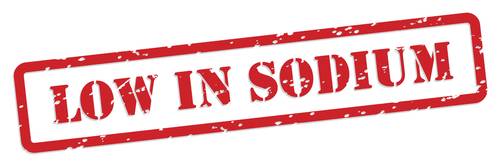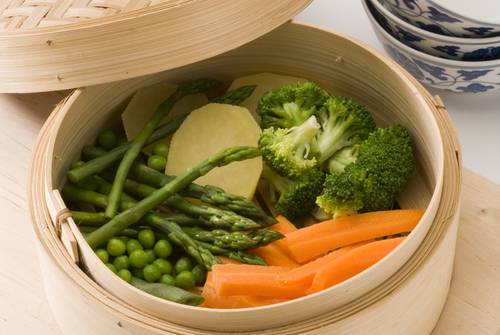Sodium is an essential component of our diet. It helps regulate blood pressure and helps the body maintain a proper balance of bodily fluids. It is also incredibly important for athletes to replace after exercise. However, Americans consume on average about 3,500mg per day of sodium, which is more than double what the American Heart Association recommends as an upper limit.
Sodium is an essential component of our diet. It helps regulate blood pressure and helps the body maintain a proper balance of bodily fluids. It is also incredibly important for athletes to replace after exercise. However, Americans consume on average about 3,500mg per day of sodium, which is more than double what the American Heart Association recommends as an upper limit.
When salt intake is this high, excess fluid accumulates in the circulatory system to compensate, which ends up raising blood pressure and taxing the heart. Elevated blood pressure is closely tied to strokes, coronary heart disease, dementia, and increased risk for kidney disease.
The good news is it’s pretty easy to reduce your salt intake and most people will get a sufficient amount of sodium simply from natural foods. Here are ten tips to employ if you need to lower your salt consumption:
1. Pay attention to food labels
If the number of milligrams of sodium is a higher number than the total amount of calories, don’t buy it. There are a few exceptions (condiments that are used sparingly), but try to stick to this rule as much as possible. For example, if a jar of tomato sauce is 50 calories per serving and has 250 mg of sodium, it’s way too much.
2. Use spices and herbs to boost flavor instead of salt
If you must use salt, never add salt at the beginning of the process. Taste the finished product, and only add a little salt if you absolutely think you need it.
3. Try adding lemon or lime
Using lemon or lime juice or zest can trick the brain into thinking the food is saltier than it is. You can also use other condiments such as a dash of vinegar or a hot sauce like Cholula or Sriracha.
4. Use salt-free seasonings
Try salt-free seasonings like Spike, Morton’s Salt Substitute, Mrs. Dash, or dulse flakes, which is a red alga that has been eaten for centuries in Iceland, Ireland, and the North Atlantic coast.
5. Avoid processed foods
A simple way to reduce your salt intake is to avoid processed foods, especially frozen dinners. They pack a wallop when it comes to sodium.
6. Buy low-sodium and no-salt-added products
When grocery shopping look for low-sodium and no-salt-added options whenever possible, especially beans and tomato products. Eden Organic is a great brand to buy for beans, as is Pomi for tomatoes.

7. Buy frozen vegetables
If buying fresh veggies is too expensive or inconvenient, opt for frozen veggies rather than canned. Frozen vegetables have much less sodium.
8. Hold the bacon
Avoid processed, salted, cured meats, and canned meats, including canned fish. They are usually all full of salt.
9. Pass on the soup
At restaurants, avoid ordering soups and always ask the waiter if the chef can go light on the salt in whatever you order.
10. Eat raw and steamed vegetables
Increase your intake of raw and lightly steamed vegetables, especially green vegetables. The more you eat of these, the more your taste buds will adjust to lower salt levels.

If you think your salt intake is high or you know your blood pressure is high, try some of these ten tips. Be patient though, as salt is one of the most addictive substances on earth. But if you focus on taking small steps over time, your tastes will adjust to prefer a natural amount of salt in your diet.
Photos courtesy of Shutterstock.






